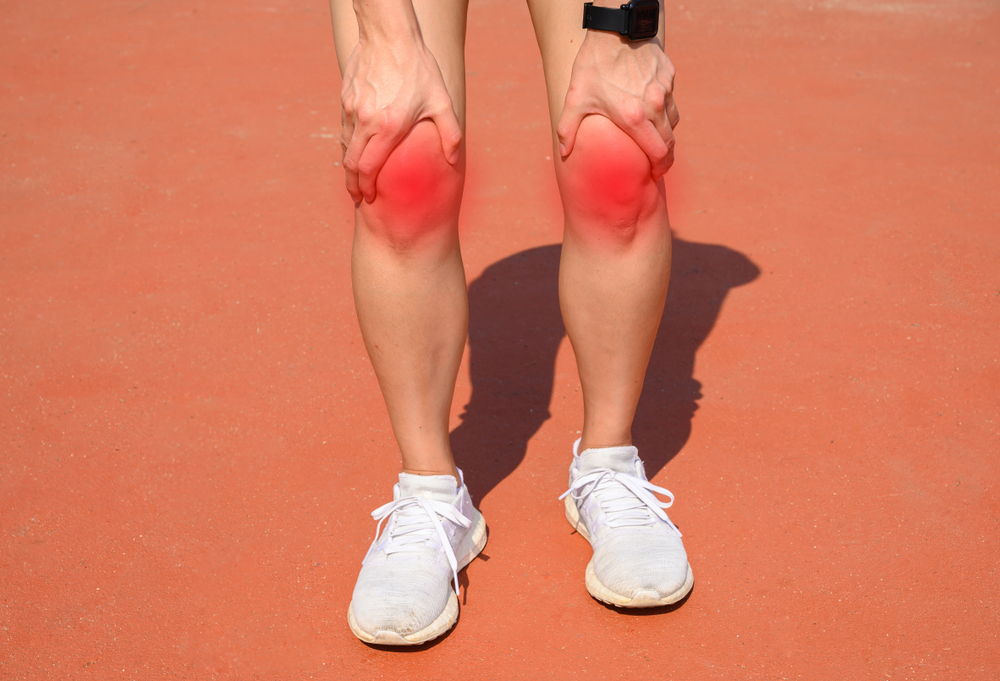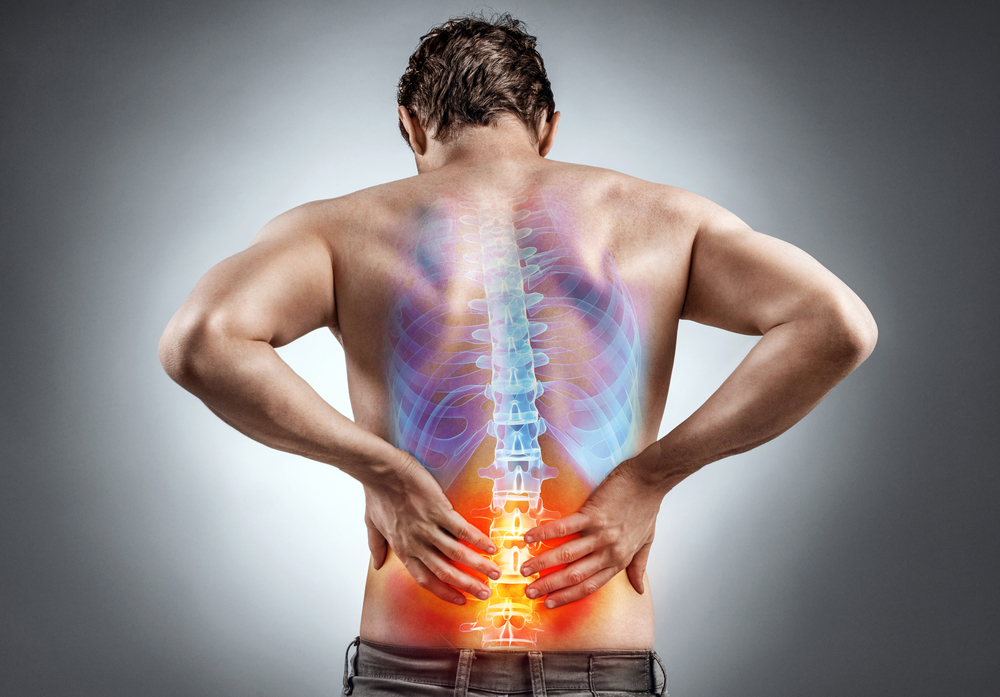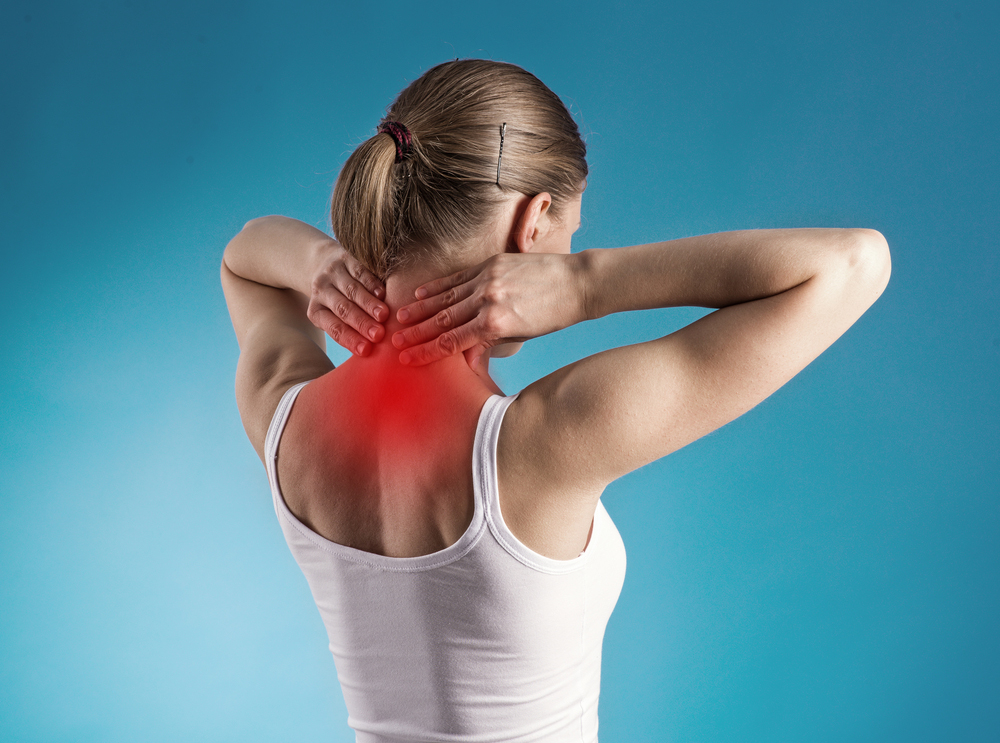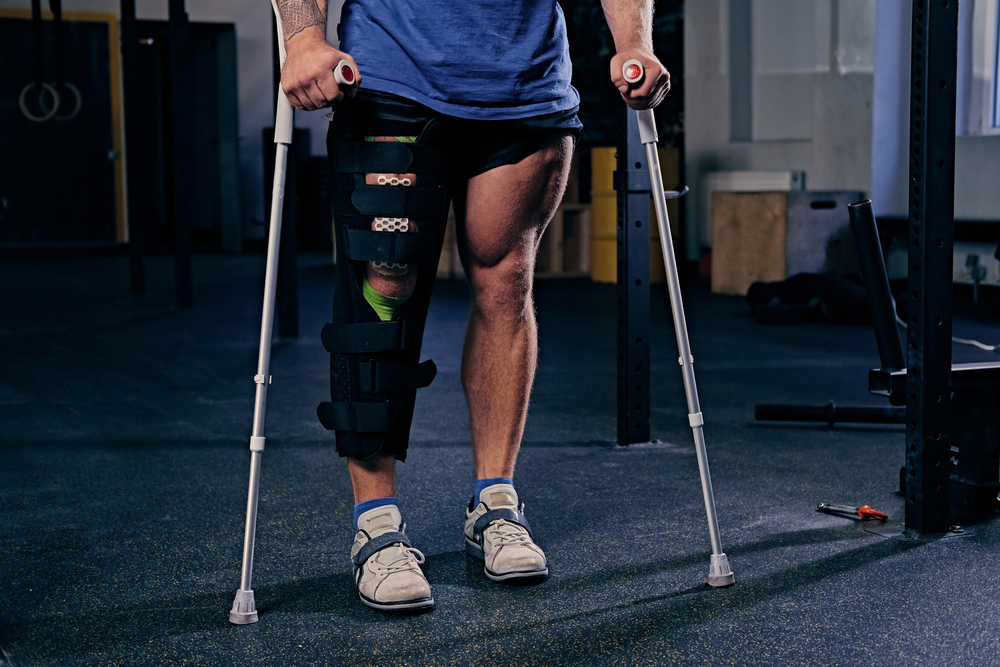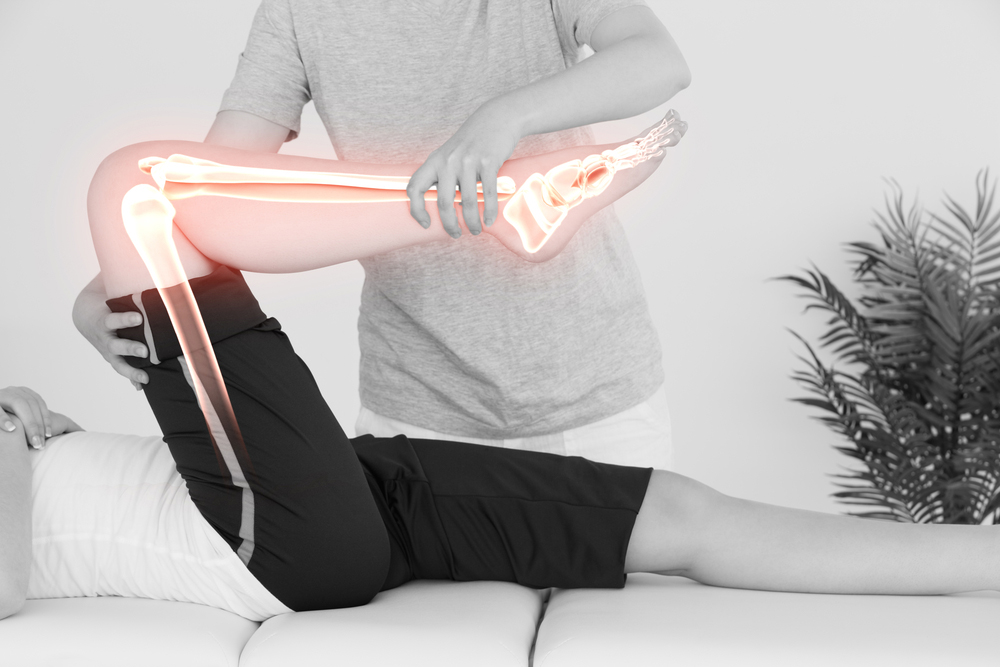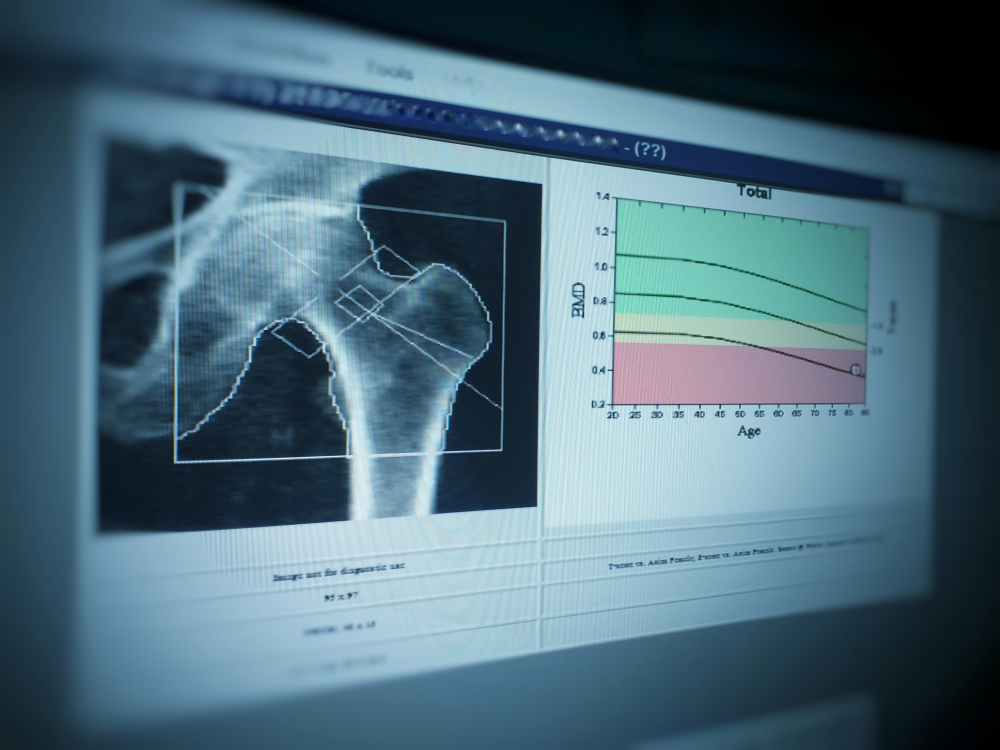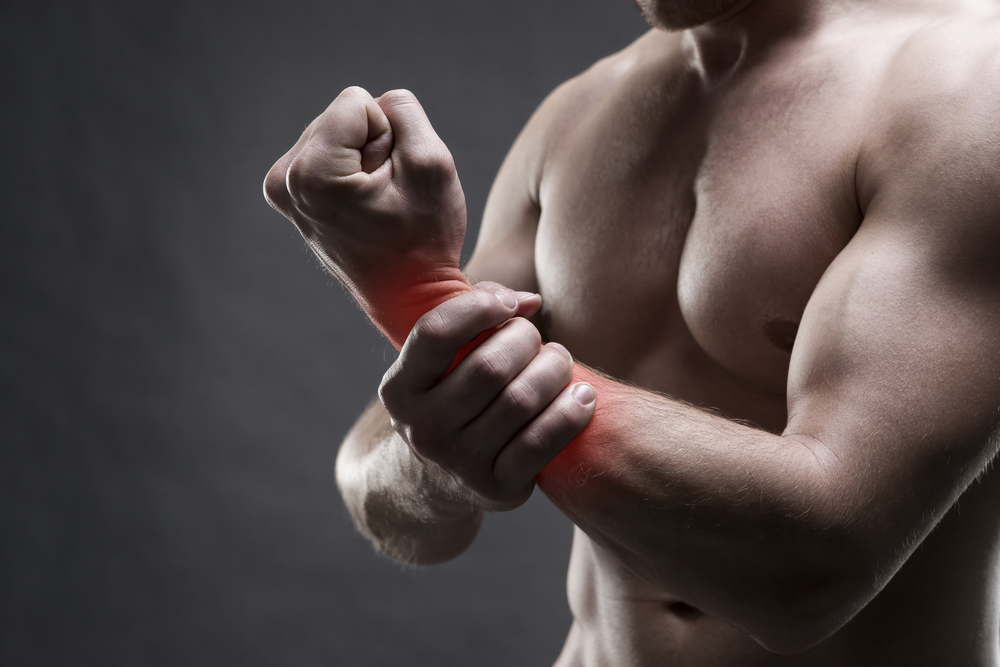The structure of the knee consists mainly of ligaments and muscles. It is thanks to the strength of the muscles in this part of the body that athletes are able to perform running, jumping and bending exercises. However, the knee is very often subject to injuries especially when it is bent halfway for a long time. This file provides all the explanations necessary to identify the different traumas of the knee.
What is a knee dislocation?
Knee dislocation is a very rare accident that often occurs during sports activities. It generally manifests itself by a deformation of the joint. The athlete who suffers from it feels severe pain and is completely unable to move the knee. In the worst case, it is even impossible to get back on your feet.
What you should know about knee sprains?
Knee sprains can be confusing. Generally, it is either a hydarthrosis or a hemarthrosis. Regardless of whether the sprain is from a serious accident or a slight movement, the pain occurs in 3 different stages:
- Significant soreness is felt at the time of the accident;
- Shortly afterwards, the pain reduces considerably and then disappears;
- Later, the pain returns even more strongly, putting the subject in a situation of serious functional impotence;
When knee sprains occur, it is advisable to stop practising sport immediately.
How do meniscus injuries manifest themselves?
Serious meniscus injuries are manifested by a blockage of the knee. The athlete who suffers from this, for example, can no longer extend the joint. If the fracture is not serious, the knee joint remains functional, although pain may be felt. However, it should be noted that a simple slip does not mean that the meniscus is badly damaged.
How to explain chronic knee instability?
After an accident, athletes usually undergo treatment in order to resume their activities. However, it is normal to experience pain not only in the bone but also in the muscles.
Chronic instabilities can become even more important after a case of weak quadriceps syndrome. Indeed, after this type of injury, the pain felt in the knee does not stop. "An internal derangement" is the term often used for this type of post-traumatic pain.
Keeping the knee sick without doing anything can become fatal over time. So, to help athletes who may suffer from this, it is advisable to carry out a diagnosis to identify whether the trauma is due to a local cause or whether it is an even more serious cause.
What about breaks in the patella?
The patella is not really spared from injury. Fractures of the kneecap are only noticeable when palpated. In extreme cases, they can lead to a deformation of the anterior part of the knee joint. Extension functions can also be seriously affected by patella fractures.
What is chondropathy?
Achondropathy is a kind of injury that can occur in the cartilage. It is very small in size and appears more specifically on the patella and trochlea. Chondropathy can lead to severe pain and even cause the athlete to stop his or her sporting activities. The pain is mainly felt during a jumping movement, during a run or even when going down stairs.
This type of injury does not show any visible marks on the knee. The knee keeps its normal shape. A medical diagnosis is therefore essential in order to have an image of the structure of the joint for an intervention.

